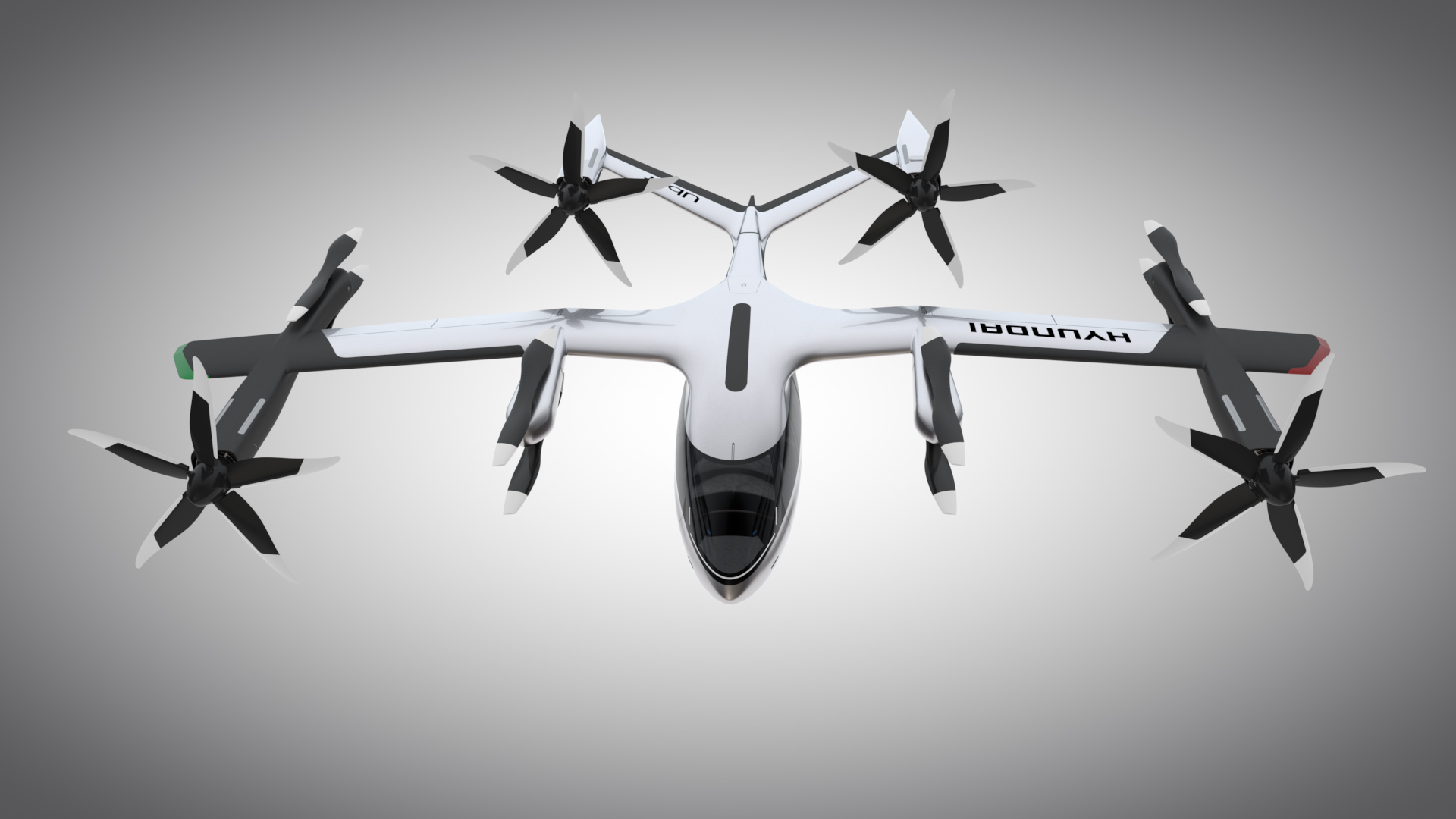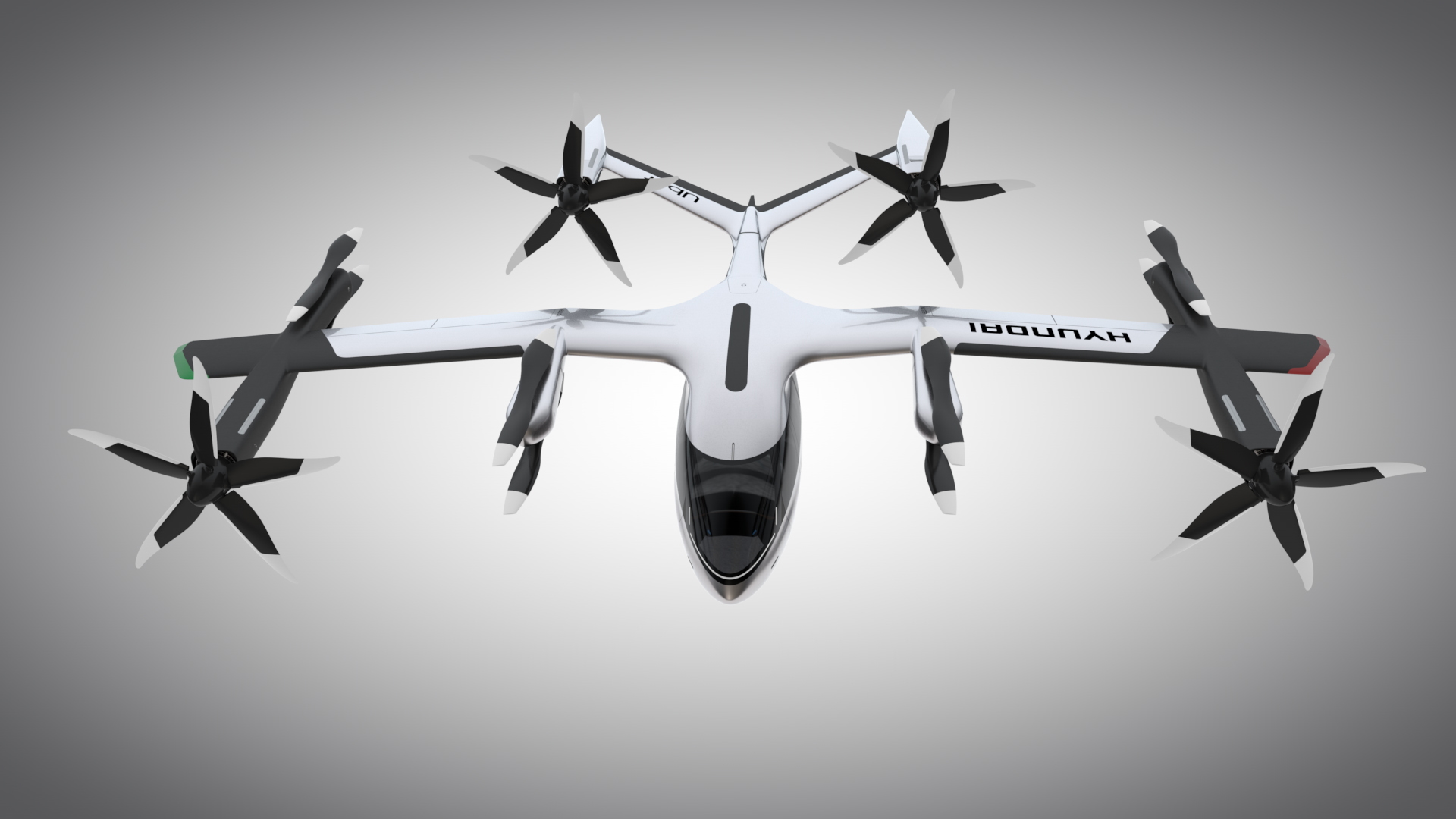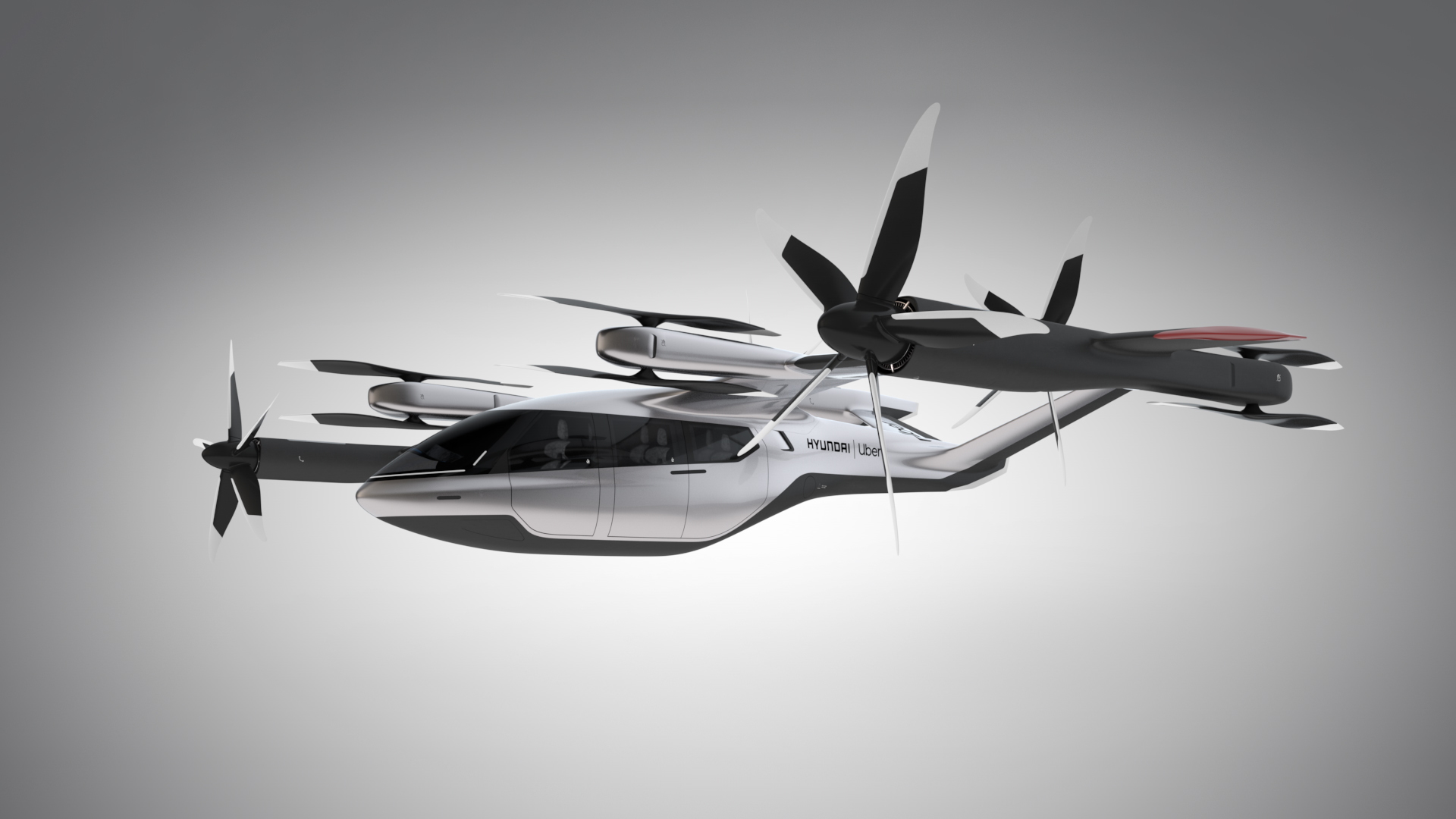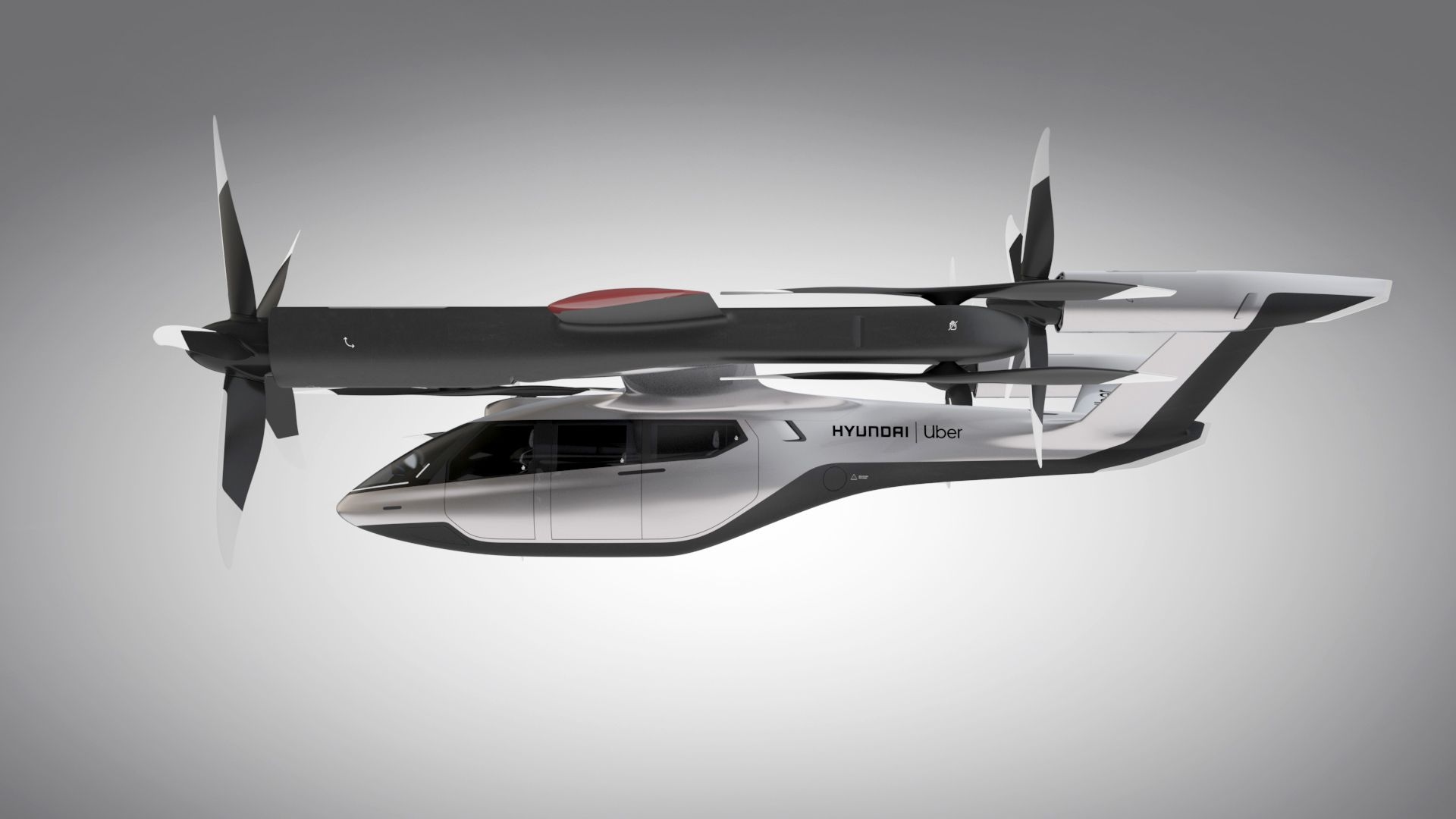Hyundai's vision for the future includes self-driving pods, flying taxis, and hubs that bring these two forms of transportation together.
The vision and first examples of these two vehicles were laid out on Monday at the 2020 Consumer Electronics Show in Las Vegas.
While it all sounds pie in the sky, Hyundai is serious about this future. It's so serious that it announced a partnership with Uber to develop flying taxis as part of this plan.

Hyundai's Smart Mobility Solution UAM-PBV-Hub

Hyundai S-A1

Hyundai S-A1
The partnership calls for the Korean automaker to develop and build the flying taxis while Uber provides everything else, including airspace, ground transportation, and all customer service aspects of the service.
Hyundai showed the first flying taxi design, which is dubbed the S-A1. Capable of vertical take off and a full transition to wing-borne flight, the S-A1 is capable of cruising speed up to 180 mph at an altitude of around 1,000 to 2,000 feet above ground. Its all-electric propulsion system has up to 60 miles of range and can be recharged in about five to seven minutes, according to Hyundai.
Eventually, the S-A1 will be autonomous, Hyundai says, but it will initially be flown by a pilot.
Inside, it has room for four passengers and a pilot, along with space for one backpack or personal bag per passenger.

Hyundai's PBV
Hyundai's Purpose Built Vehicle is a fully autonomous pod that acts as a living space on wheels to free up traffic congestion. Hyundai calls this type of transportation clustered mobility. The PBVs are designed to be functional and can be set up as rolling restaurants, coffee shops, hotels, pharmacies, or simple multi-person transportation pods.
The all-electric rolling bricks are driven by artificial intelligence that will theoretically give them the ability to navigate the best routes while charging in-transit thanks to larger PBVs that would act as mobile charging stations. The PBVs will be able to platoon, which means they will drive together while communicating with each other, thus creating less on-road congestion and allowing for better logistics of personal deliveries.

Hyundai's Smart Mobility Solution UAM-PBV-Hub
Hubs will connect these new transportation concepts. Hyundai expects these locations to have skyports for the flying taxis to land and docking stations for the PBVs. The automaker also theorized these hubs could become attractions or malls by connecting a fleet of PBVs together.
Hyundai and Uber provided no timeline for this vision of the future.
For more news from CES, see our dedicated hub.







